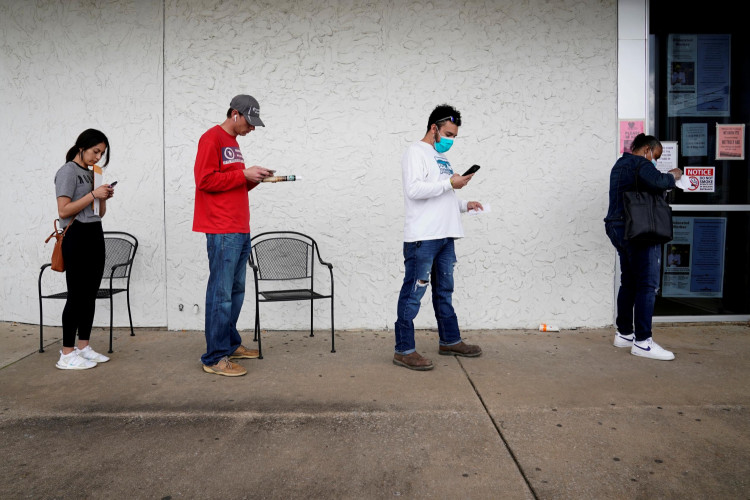The number of Americans filing for unemployment benefits rose modestly last week, reflecting a mixed labor market picture that underscores both resiliency and emerging strains. The uptick comes as the Federal Reserve, grappling with balancing inflation risks and supporting economic growth, prepares to lower interest rates once more.
The Labor Department reported Thursday that initial claims for state unemployment benefits increased by 3,000 to a seasonally adjusted 221,000 for the week ending Nov. 2. Economists had anticipated the same figure. Unadjusted claims rose 10,827 to 212,274, driven in part by increases in states such as California, Michigan, and Ohio, while Florida and Georgia saw notable drops.
Employment growth slowed markedly in October, with nonfarm payrolls adding just 12,000 jobs, the smallest monthly increase since December 2020. Contributing factors included Hurricane Helene's impact on the Southeast and temporary furloughs at Boeing due to labor strikes. The hurricanes' effects appear to be receding, however, and Boeing's returning workers could buoy job numbers for November.
"This recent jump in jobless claims appears to be largely transitory, tied to weather-related disruptions and industrial action," said Abiel Reinhart, economist at JPMorgan. "We anticipate a recovery in November's data as these influences fade."
While the labor market shows some signs of cooling, wage pressures persist. Unit labor costs-a critical indicator of labor expenses per output-rose at a robust annualized rate of 1.9% during the third quarter, per separate Labor Department data. This followed an upwardly revised 2.4% increase in the second quarter, sparking concerns at the Federal Reserve.
"Unit labor costs remain a crucial driver of core service prices, and any continued acceleration in these costs complicates efforts to contain inflation," said Paul Ashworth, chief North America economist at Capital Economics.
The Fed's rate decision, expected to result in a quarter-point cut bringing the benchmark rate down to a range of 4.50% to 4.75%, reflects both a need to ease borrowing conditions and vigilance over inflation. Although inflation has moderated, recent fiscal measures from the U.K.'s Labour Party, including tax increases and spending hikes, prompted upward revisions to inflation forecasts.
Continuing jobless claims, or the number of people receiving benefits after an initial claim, rose by 39,000 to a seasonally adjusted 1.89 million for the week ending Oct. 26, the highest level since late 2021. Boeing-related furloughs have contributed significantly to this number, but their resolution is expected to bring a decline in the coming weeks.
Market watchers and Fed officials remain concerned about inflation's trajectory, particularly in light of global risks such as potential new U.S. tariffs. "Inflation pressures from labor costs may leave less room for the Fed to maneuver, complicating their attempts to achieve a soft landing for the economy," said Conrad DeQuadros, senior economic advisor at Brean Capital.
Thursday's reports prompted mixed reactions in financial markets, with the dollar slipping against a basket of currencies, while Treasury yields rose. Investors continue to assess the impact of Donald Trump's election victory on economic policy, particularly given the potential for his administration to influence fiscal measures and trade dynamics.
Recent revisions to labor data from April 2023 through March revealed that 818,000 fewer jobs were created than initially reported, suggesting a slowing labor market. Despite this, the Fed's strategy appears poised to maintain restrictive monetary policy for the foreseeable future, with Chair Jerome Powell emphasizing caution.
"The settlement of labor disruptions and dissipating storm effects provide a clearer view of underlying job market dynamics," said Carl Weinberg, chief economist at High Frequency Economics. "Nonetheless, the Fed's balancing act remains delicate, as it seeks to navigate inflation risks without triggering a recession."






